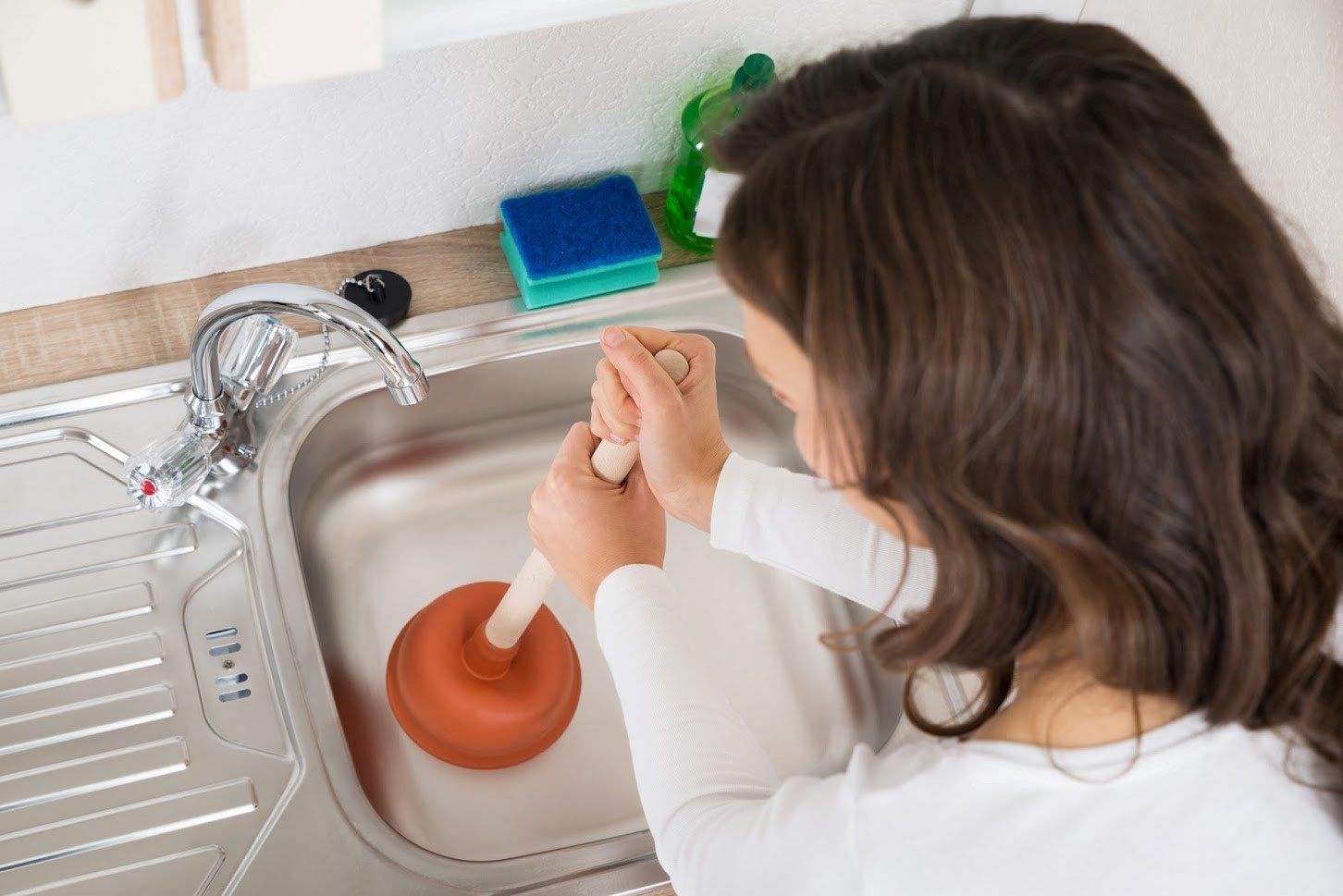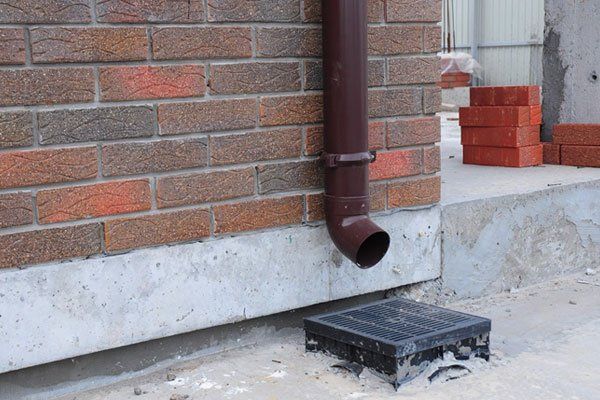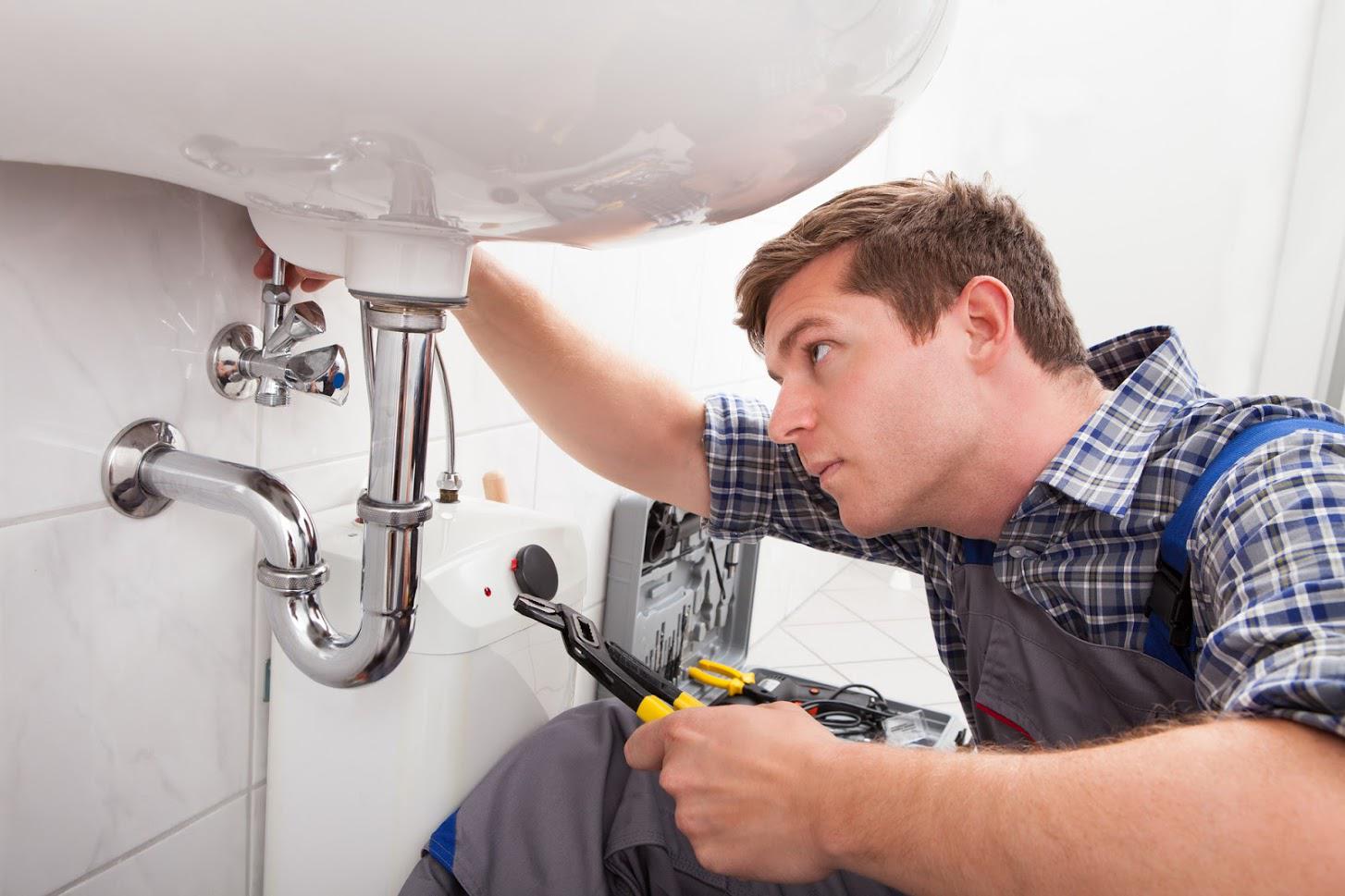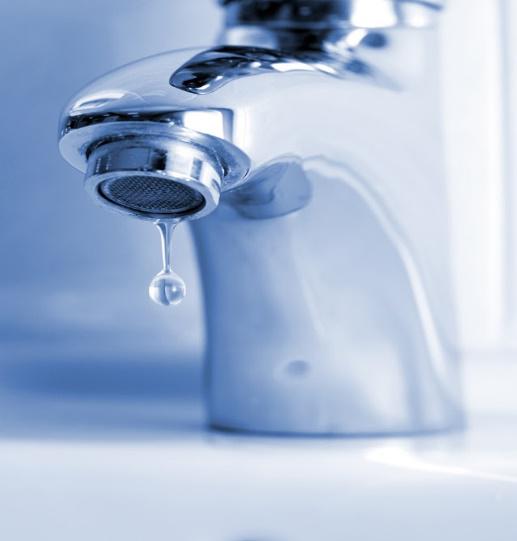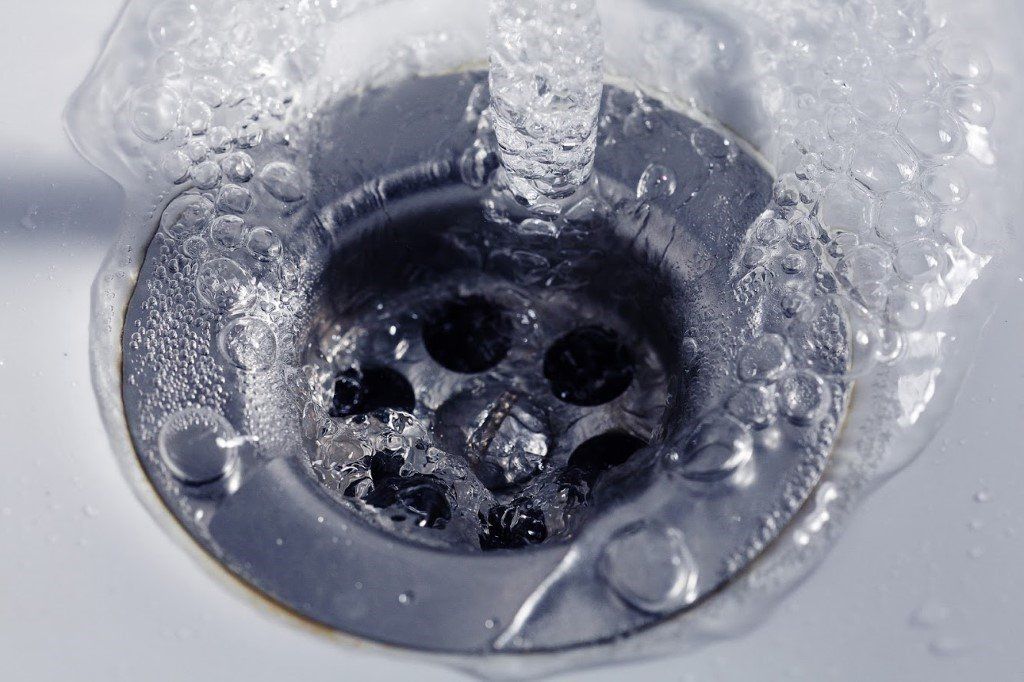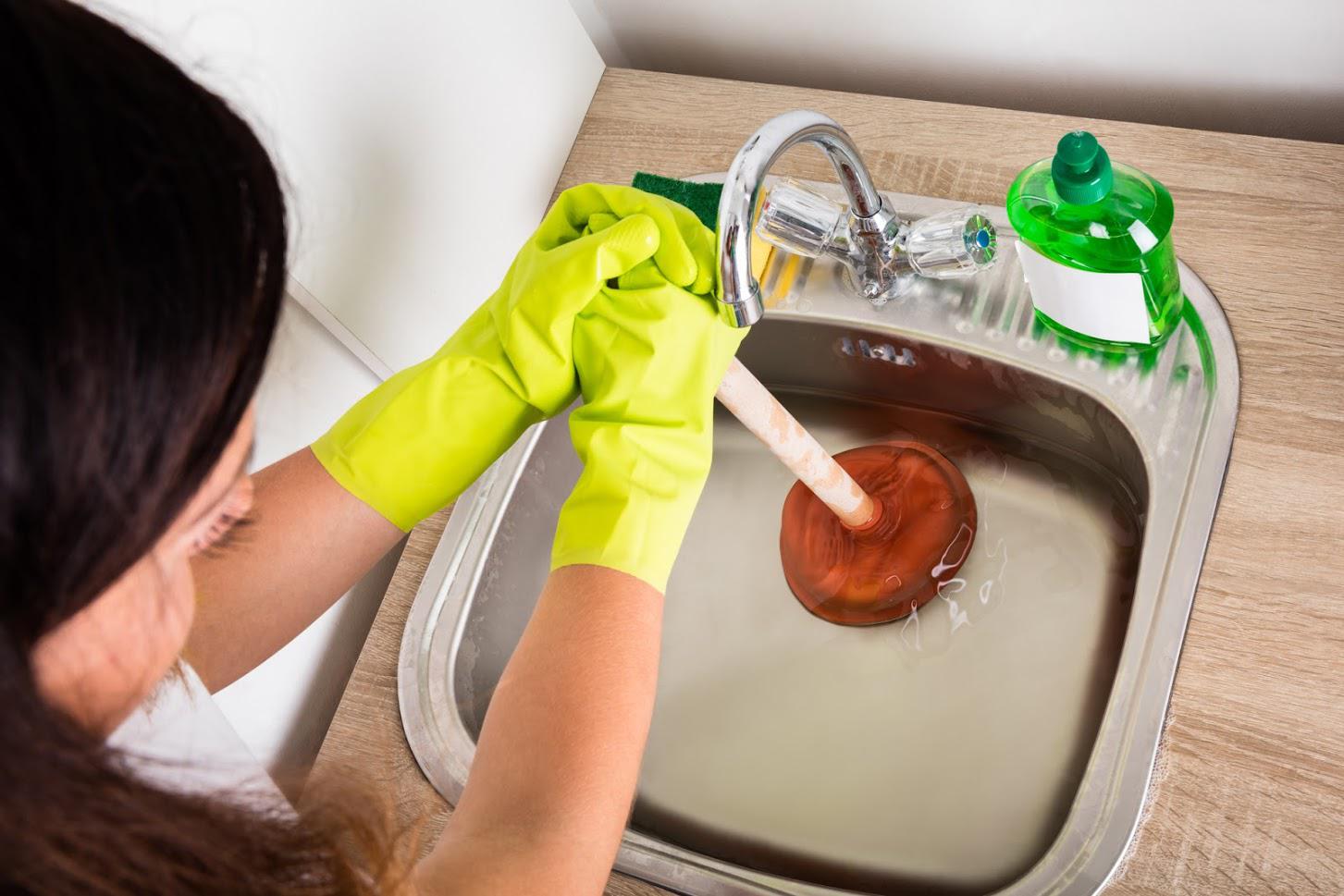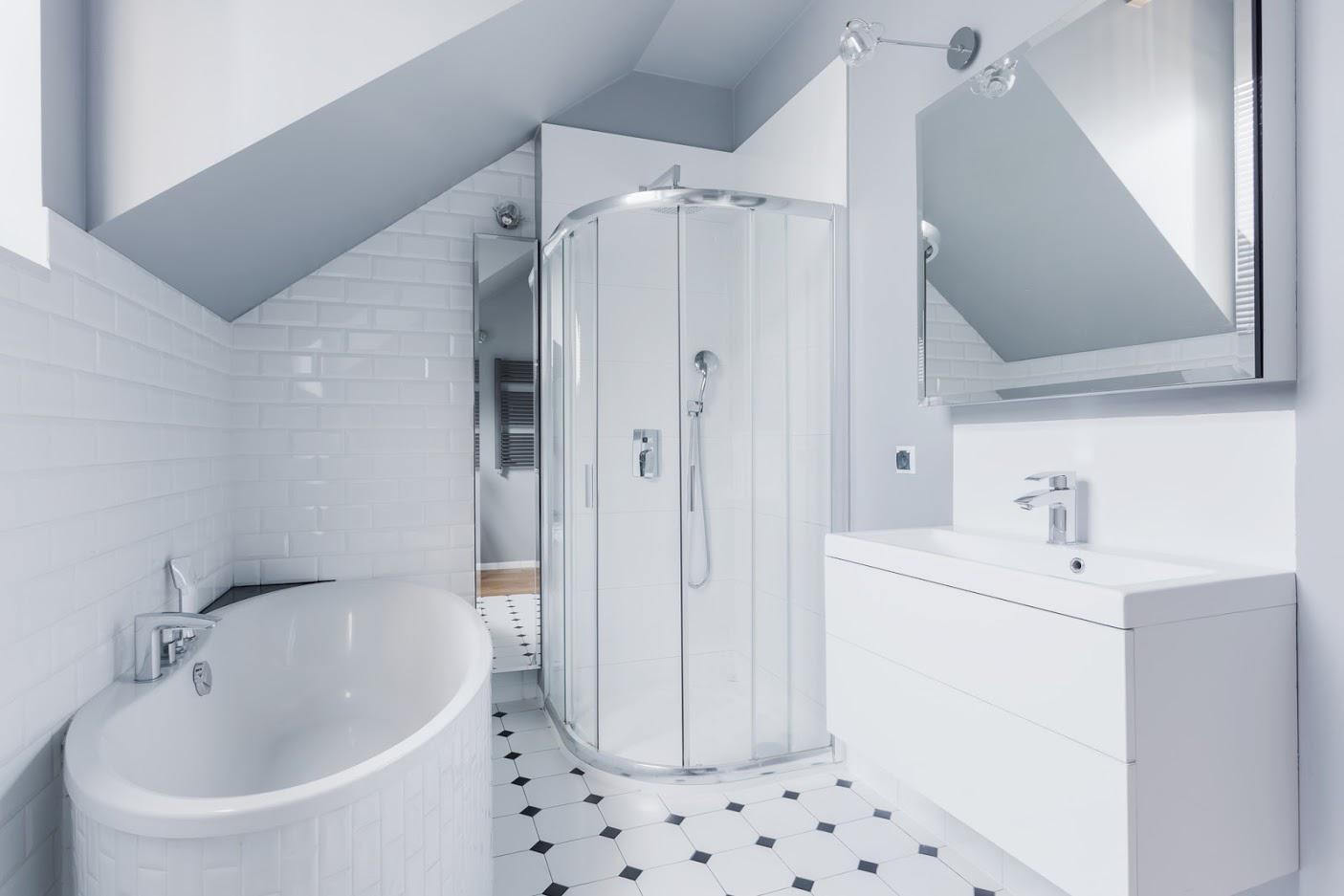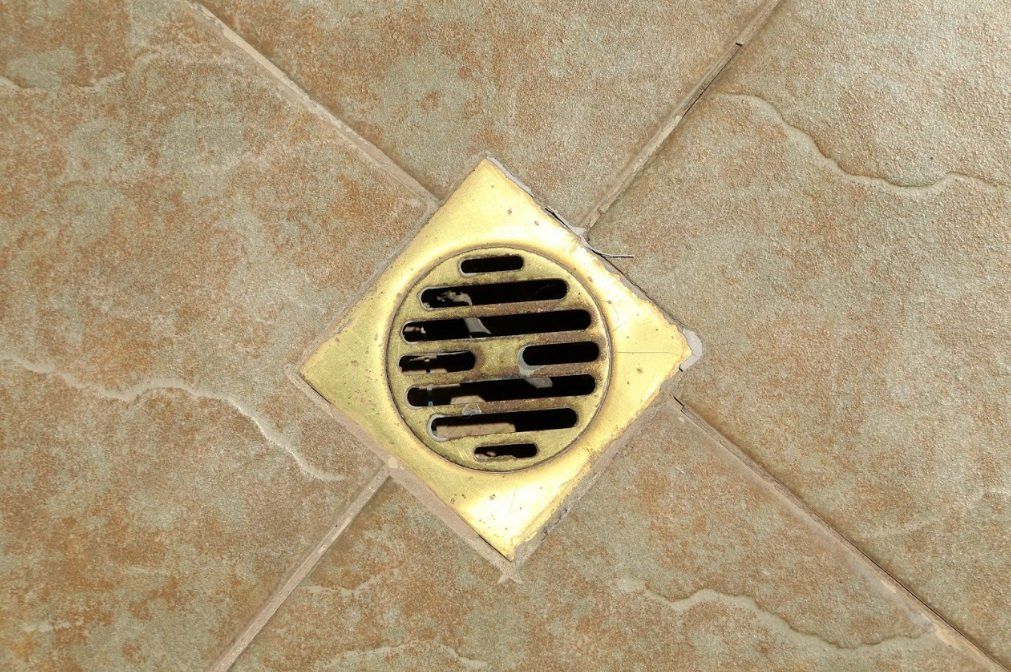Backwater Valves and Sewage Backups: What You Need to Know
admin • April 14, 2020
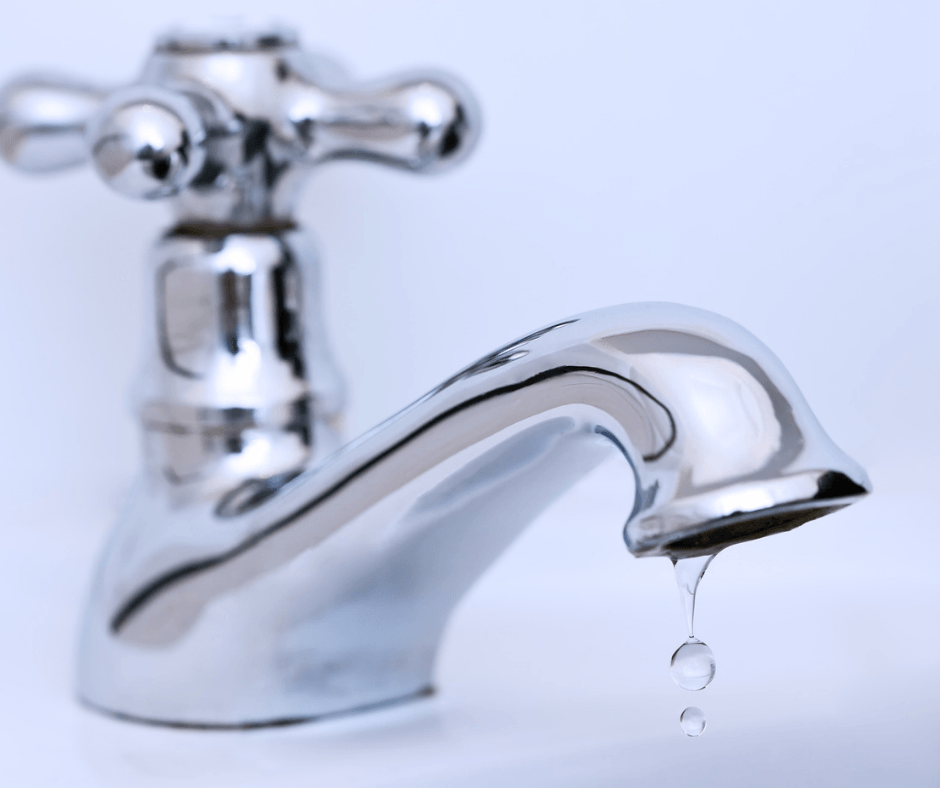
Sewage backup is not a problem that a homeowner usually wants to deal with. While gravity normally pulls sewage downhill, some circumstances exist where it can back up into your drains, especially basement drains.
A backwater valve is a device that ensures that wastewater can only flow into your drains — not back out of them. This guide will give you an overview of sewage backups, backwater valves, and whether you should install a backwater valve in your home.
What Causes Sewage Backups?
Sewage backups are from an obstruction or breakage in the sewer lines. In most cases, this will be a clog, often a result of flushing or pouring something down your drains that will not break down in your plumbing. With paper products, toilet paper is the only one safe to flush. Avoid flushing paper towels, baby wipes, and feminine hygiene products.
Fats, oil, and grease are food byproducts particularly prone to causing clogs. These substances go into your drain as liquids, but when they cool, they harden into sticky solids that readily cling to the inside of sewer lines.
In some cases, sewage backups are not a result of how you use your drains at all. If trees are in your yard above where your sewer lateral runs, the roots of the trees have perhaps grown into the lines and blocked them inside.
If you live in an older home, and you have frequent problems with sewage backups and basement flooding, your sewer lines may simply have deteriorated. Older homes were built with sewer lines of cast iron or clay, materials much more likely to break down than modern plastic pipes.
How Do Backwater Valves Prevent Backups?
Backwater valves are simple devices that contain a flap on a hinge that closes over the drain-facing side of the drain pipe. When water flows in the right direction down your drain, the flap remains in a horizontal position on the bottom of the valve casing.
Floaters are on either side of the flap that respond to the water level inside the valve casing. If sewage begins to back up toward your drain, the wastewater will push the flap closed. Many backwater valves have a clear panel on the top of the casing so you can watch for the valve to close correctly and call a technician if you have a likely problem.
Should You Install a Backwater Valve?
A backwater valve is usually on the main drain pipe that runs away from your basement drain. Many homeowners choose to hire professional plumbers to install backwater valves. This is because you must break through the concrete basement floor to reach the drainpipe, an arduous DIY task.
The homes that most frequently need backwater valves are those with drains lower than street level. If the elevation of your basement drain is lower than the nearest upstream manhole, sewage backup is likely to be a much more frequent problem. Gravity will not be able to properly assist in pulling wastewater down your sewer lines and into the municipal sewer.
Depending on where you live, local building codes may require you to install a backwater valve regardless of the elevation of your home's drains. Check with local authorities, building inspectors, or plumbers to determine if a backwater valve will be necessary due to local codes.
You have no reason to live with a flooded basement and risk exposure to wastewater harmful to your family's health. Contact us at Roto-Rooter Sewer-Drain Service if your home needs a backwater valve or for any other sewer and drain needs. We look forward to speaking with you soon.

